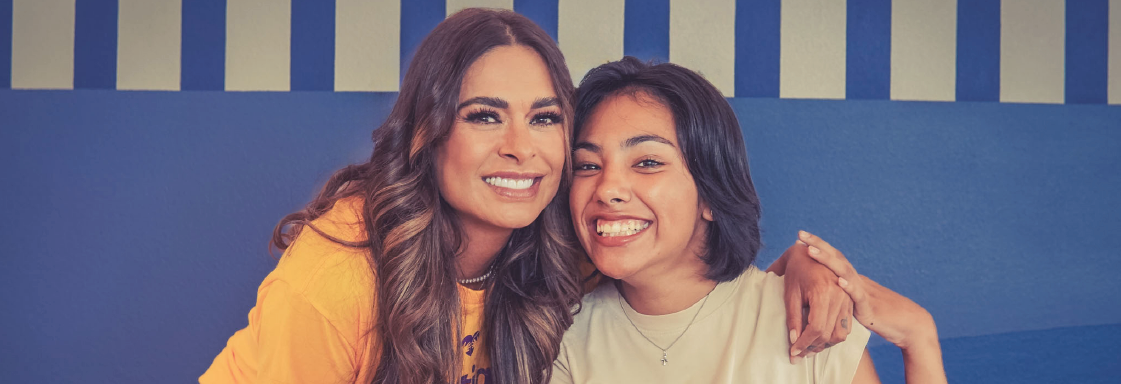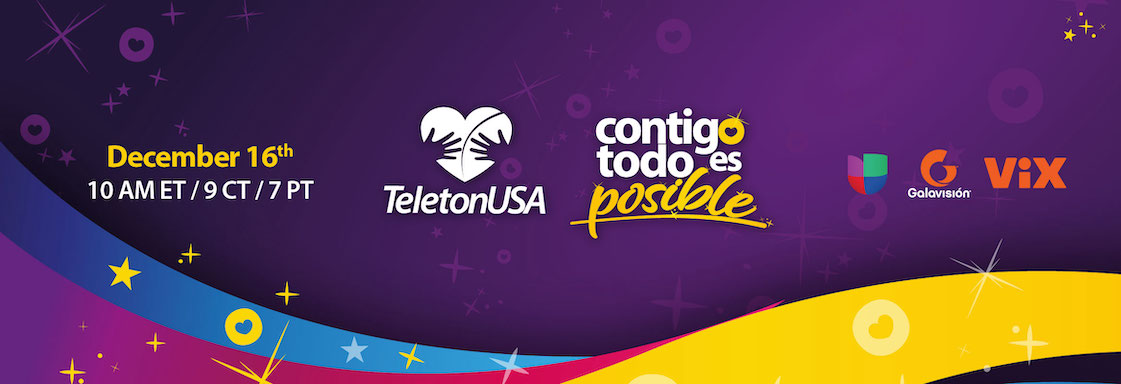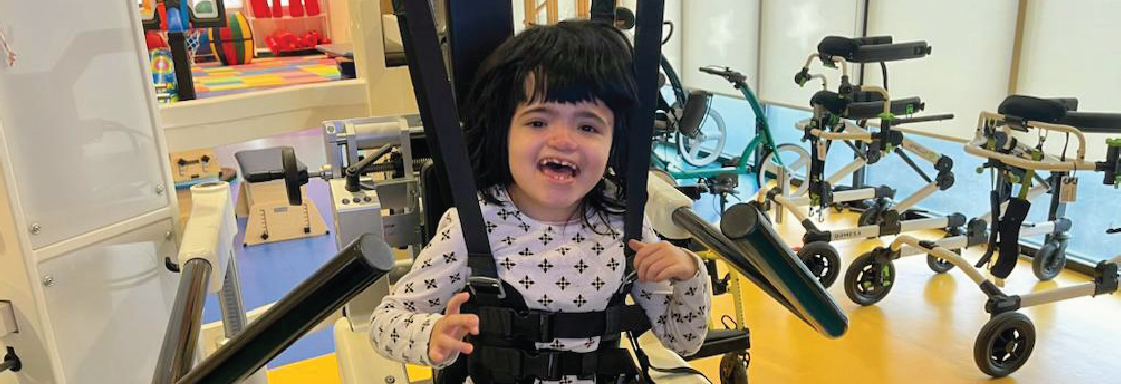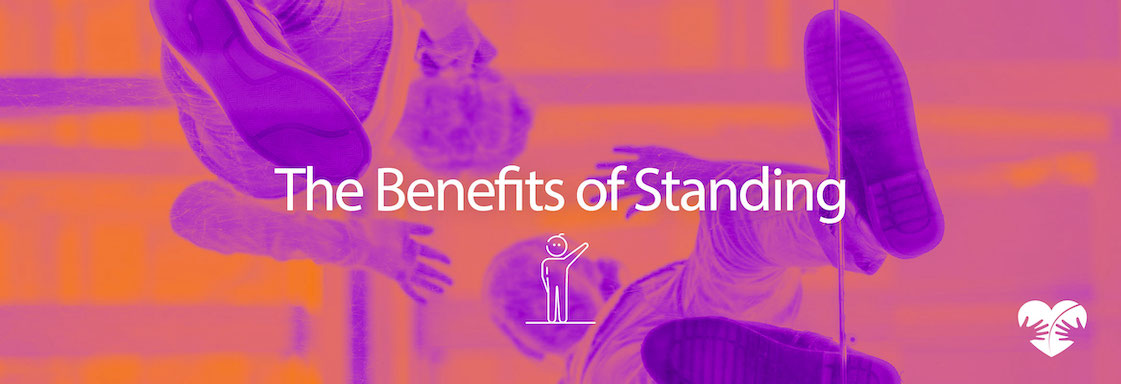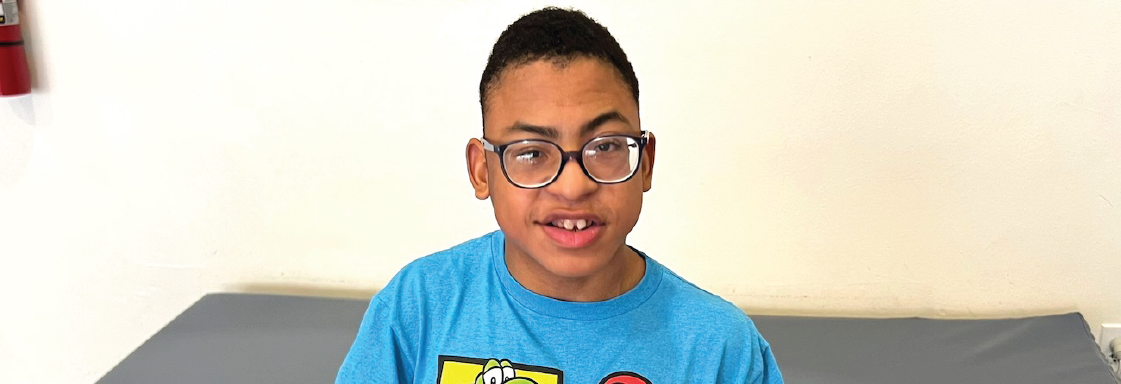Taking steps and walking are significant milestones for functional mobility that many parents get excited about. But did you know that even walking backward is an important milestone? There are many benefits to taking steps or walking backward.
When do children typically start walking backward?
Typically, developing children begin walking backward between 16 and 18 months. Once they start walking forward, they will also begin attempting to walk sideways and backward as they explore their environment. Exploration is a good sign because it means they are actively trying to control their bodies and coordinate their movements to engage in purposeful play.
What if my child cannot walk forward by themselves?
Some studies have shown that working on backward walking in children with cerebral palsy has improved walking speed, symmetry, step length, and overall postural stability. Therefore, learning how to walk backward can improve walking forward.
What are some of the benefits beyond improving walking?
Besides challenging overall balance, backward walking helps develop balance reactions to prevent falling backward and strengthens the glute, quad, and back musculature. Backward walking also improves motor planning and coordination and promotes spatial awareness.
How can I assist my child when walking backward?
- Hold their hands: With you kneeling before them, hold both hands. Ask them to try walking backward and provide a gentle push back through their hands to cause them to take a step backward. Perform over a length of about 10 feet, 3-5 times each.
- Use a stick: Kneel before them and hold a stick (broomstick, pool noodle, etc.) at chest level. Ask them to try walking backward and provide a gentle push back through the object to cause them to take a step backward. Perform over a length of about 10 feet, 3-5 times each.
- Use a toy cart: With you stabilizing on the other side of the toy cart, have them hold onto the cart handle. Ask them to try walking backward and provide a gentle push back through the object to cause them to take a step back. Perform over a length of about 10 feet, 3-5 times each.
- Pull a heavy object: Start with your child facing the heavy object (toy kitchen, weighted wagon, etc.). Have them attempt to pull the object backward, taking steps to move the object over about a 10-foot distance. As needed, assist by helping offset some of the object’s weight. Perform 3-5 times.
Remember that the time frames provided for milestones are guidelines based on research on children from birth to 5 years old. Every child is different. While some children may hit a milestone early, some may be a little later. If you have concerns about your child’s development, contact your pediatrician or physical, occupational, or speech therapist.



